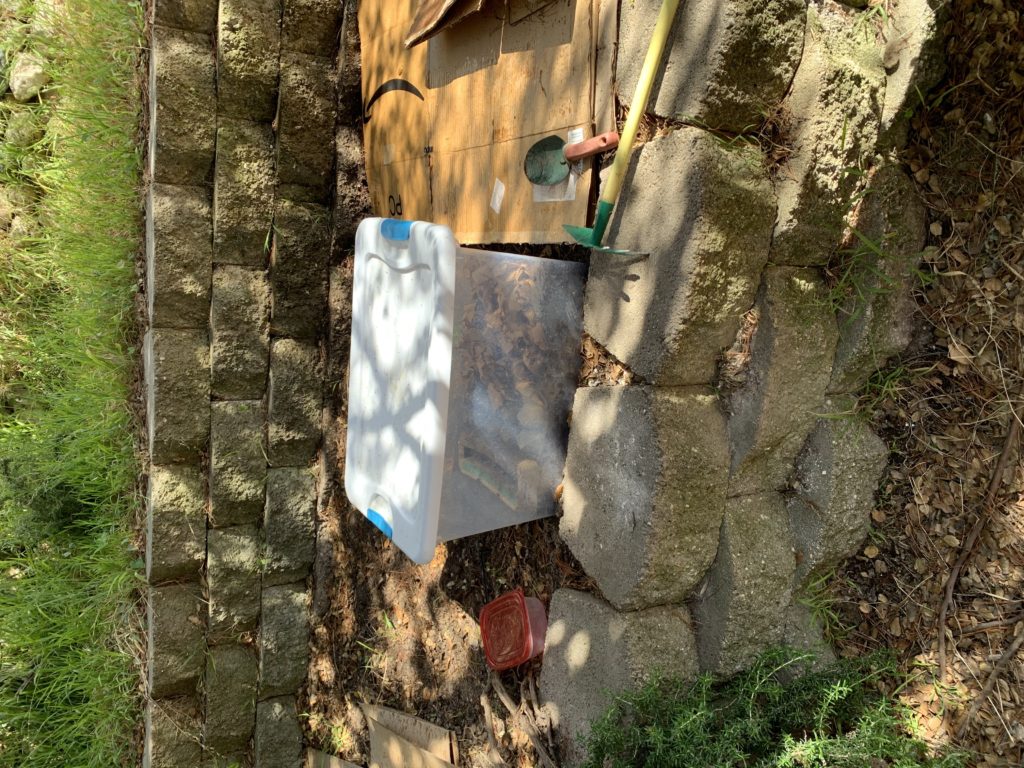By Ying Hang Seah, Junior, Computer Science
Ying Hang is a Computer Science major specializing in Systems from Class of 2021. He really likes flying machines but has also realized it is way easier to build something with code. 🙂

Why did you choose to be an engineer?
I like to build and engineers build. 🙂
This spring quarter was very different from the usual quarters that most of us are used to. All classes are conducted online over Zoom and the large majority of the student body is no longer physically present on the campus. COVID-19 has really changed our way of life. I was fortunate enough to be offered a place to stay with my girlfriend’s family near the Bay Area. On the bright side, now that I am living in a family home, I was able to get my hands on and build anything I want – and one of the ideas that came to my head was to create a worm farm. I thought it would be cool to experiment with a rising trend in sustainable gardening – vermicomposting – where you feed tiny little worms some kitchen scraps and you get nutritious soil in return for gardening.

The first step of building a worm farm was to build the container to house the worms. I simply took an old used bin that was previously used to move our rooms out of Stanford and drilled some holes on the top and bottom. Then, I placed some shredded cardboard at the bottom to act as bedding and topped it off with a little garden soil. With that, I have the infrastructure to support my worm operations. Now, I just need to find the worms for the farm. However, that proved to be a more difficult step.
I started to find the worms by digging around places with shade and collected the worms that I have found. However, according to a bunch of sources on the internet, they claimed that most earthworms found in normal soil are not suitable for composting. This is because normal earthworms usually consume soil instead of decaying material, and thus they would not help to break down the food. According to many sources online, the red wigglers was the ideal composting worm but I was not planning to spend a fortune to buy a bunch of red wigglers on the internet to start my worm farm. Fortunately, while I was emptying a bag of garden soil for my girlfriend’s gardening projects, we found quite a number of these red wigglers. We picked out all the red wigglers and moved them into their new house where they would be given tons of food.
Once my worm operation started running, I started to feed them fruit peels and moulding fruits. I was careful to not overfeed the worms as overfeeding can lead to many more problems down the road. While the worms took a while to warm up in their new home, I know that they are now doing really well as I have recently spotted a few of their egg cocoons – a sign that the worms are thriving. Soon enough, some of the compost will be ready to be harvested for my girlfriend’s gardening project, and I am really excited for that. 🙂
